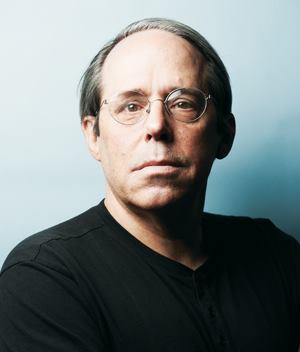“It seems like there is a major upheaval or paradigm shift every decade. The profession will change, and, through thta change and graoth, the profession will sustain itself. It will always be an evolving format.”
Unlike the artworks he illuminates, George Sexton prefers not to be in the spotlight. Rather, he prefers to let his work speak for itself. Trained in architecture at Virginia Polytechnic Institute, he found himself—after graduation, amid a recession in the early 1970s—seeking employment beyond architecture firms and had the good fortune to find a position with lighting designer Claude Engle. Assigned to the east wing extension for the National Gallery of Art in Washington, D.C., which Engle was working on at the time, was what set Sexton on a course of museum work that has been the cornerstone of his professional lighting career.
Do you have a design or a lighting philosophy?
Design-wise it’s about listening to the client. In terms of lighting, we are of the school that you shouldn’t notice our work; it should be transparent.
What are the specific challenges of museum and exhibit lighting projects?
Conservation, flexibility, budget, and continuity. I think of museums as slow-moving, temporary exhibitions.
What are some museum lighting trends?
I think that museum lighting will always look for flexibility. I think that current lighting in museums is moving to respond to conservation and energy issues.
Are museums trying to incorporate greater amounts of daylight into their galleries?
Daylight is very important to the visitor’s experience. Architects and lighting designers have a great comfort level in working with daylight. It is something that can be managed in a way that is consistent with museums, but when making that choice, there is a cost of controlling daylight that needs to be considered.
How are new technologies, such as LEDs, impacting museum lighting applications?
It’s a technology that is evolving, and in terms of the expectations of museums—conservation, flexibility, control, color, and budget—LEDs aren’t there yet. But at some point they will make the leap where they are used for their compactness and for their energy and maintenance characteristics.
What other technologies are impacting museum lighting?
There’s a whole area of controls, particularly as they relate to conservation and energy issues. Interactive media as well. We need to be clever as designers and consider these other sources (i.e., the whole range of media generated light) as part of the lighting solution.
